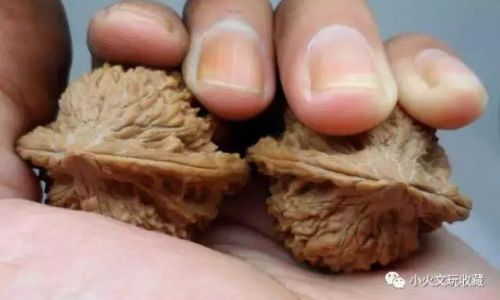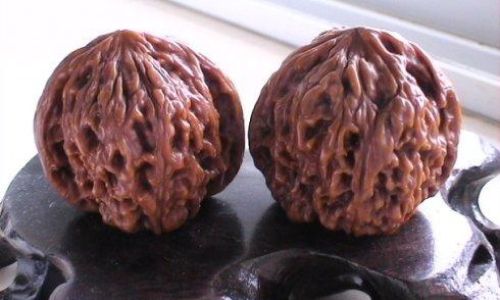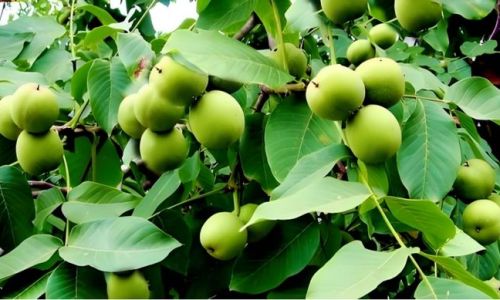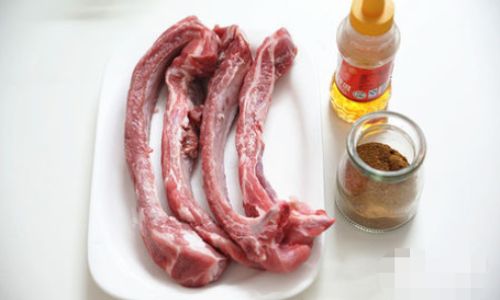Introduction
Walnuts, known scientifically as Juglans regia, are a type of tree nut that boasts a rich nutritional profile, including healthy fats, proteins, vitamins, and minerals. They are often praised for their potential health benefits, such as improving heart health, supporting brain function, and aiding in weight management. However, enjoying these benefits hinges on consuming fresh walnuts, as stale or rancid nuts can lose their nutritional value and flavor. Determining the freshness of walnuts can be challenging, especially for those unfamiliar with the nuances of nut quality. This article aims to provide a comprehensive guide on how to judge the freshness of walnuts, ensuring that you get the most out of your nutritious snack.
Understanding Walnut Freshness
Before diving into the specifics of how to assess walnut freshness, it’s crucial to understand what constitutes freshness in walnuts. Freshness in walnuts is primarily determined by their appearance, aroma, texture, and storage conditions. Fresh walnuts should have a vibrant appearance, a pleasant nutty aroma, a firm yet slightly yielding texture, and should be stored properly to maintain their quality.
Visual Inspection
The first step in determining walnut freshness is a visual inspection. Fresh walnuts typically have a rich, dark brown to almost black outer hull (the part that surrounds the nutmeat). This hull should be intact and free from cracks, mold, or discoloration. If the hull is cracked, it may indicate that the walnut has been exposed to excessive handling or poor storage conditions, which can lead to moisture loss and rancidity.
Upon removing the hull, the nutmeat itself should appear light to medium brown, with a smooth and even texture. Avoid walnuts with nutmeat that is discolored, has spots, or appears dried out. These signs often indicate that the nuts are past their prime.

Additionally, check for the presence of insects or wormholes. These can be telltale signs of infestation, which further compromises the freshness and safety of the walnuts.
Aroma Check
The aroma of walnuts can provide valuable insights into their freshness. Fresh walnuts should have a distinct, nutty aroma that is both pleasant and inviting. This aroma is indicative of the natural oils present in the nuts, which are rich in unsaturated fats.
If the walnuts lack any aroma or have a faint, musty smell, it may suggest that they are old or have been improperly stored. On the other hand, if they have a strong, rancid odor, it’s a clear sign that the nuts have gone bad and should be discarded immediately. Rancidity occurs when the fats in the nuts oxidize, leading to the formation of off-flavors and potentially harmful compounds.
Texture Analysis
The texture of walnuts is another critical factor in assessing their freshness. Fresh walnuts should have a firm yet slightly yielding texture when pressed gently between your fingers. This firmness indicates that the nuts are still moist and have retained their natural oils.

If the walnuts feel dry, brittle, or crumbly, it’s a sign that they have lost moisture and are likely not fresh. Similarly, overly soft or mushy walnuts may indicate that they have been exposed to moisture for too long, leading to spoilage.
It’s also worth noting that the shell of fresh walnuts should be relatively easy to crack open without excessive force. Difficulty in cracking the shell can sometimes be a sign of stale nuts.
Storage Conditions
Proper storage is paramount in maintaining walnut freshness. Walnuts should be stored in a cool, dry place away from direct sunlight and heat. High temperatures and humidity can accelerate the oxidation of fats, leading to rancidity.
If you’ve purchased walnuts in bulk, transfer them to an airtight container or a resealable plastic bag to minimize exposure to air. This will help retain moisture and prevent the nuts from drying out or absorbing odors from other foods.

For long-term storage, consider refrigerating or freezing the walnuts. Refrigeration can extend their shelf life by several months, while freezing can preserve them for up to a year. Just remember to thaw frozen walnuts in the refrigerator before use to maintain their texture and flavor.
Checking the Package
If you’re purchasing packaged walnuts, pay close attention to the packaging for clues about freshness. Look for a “best before” or “use by” date on the label. While these dates don’t necessarily guarantee freshness, they can provide a rough estimate of how long the nuts have been on the shelf.
Also, inspect the packaging for any signs of damage, such as tears, punctures, or moisture. Damaged packaging can allow air and moisture to enter, compromising the freshness of the nuts.
If possible, opt for packages that are vacuum-sealed or have an inert gas atmosphere (such as nitrogen) to preserve freshness. These packaging methods help minimize oxygen exposure, slowing down the oxidation process and extending the shelf life of the nuts.

Buying from Trusted Sources
Finally, one of the best ways to ensure the freshness of walnuts is to buy them from trusted sources. Look for vendors who specialize in nuts and have a good reputation for selling high-quality products. These vendors are more likely to have stringent quality control measures in place to ensure that the nuts they sell are fresh and safe to eat.
If you’re unsure about a particular vendor, ask questions about their sourcing, storage practices, and how they ensure the freshness of their nuts. Reputable vendors will be happy to provide this information and may even offer samples for you to try before making a purchase.
Conclusion
Determining the freshness of walnuts involves a combination of visual inspection, aroma check, texture analysis, and consideration of storage conditions. By following these guidelines, you can ensure that you’re getting the most out of your walnuts, enjoying their rich flavor and numerous health benefits. Remember, fresh walnuts are a valuable addition to a healthy diet, but only when consumed in their optimal state. So, take the time to assess their freshness, and you’ll be rewarded with a nutritious and delicious snack that’s sure to satisfy your taste buds and nourish your body.





0 comments